Cashflow is the lifeblood of any business, but especially for trades business owners that rely on timely payments from customers and suppliers.
Cash flow is the difference between the money coming in and the money going out of your business. It affects you ability to pay your bills, your staff, your taxes, and yourself!
It also impacts your profitability, your growth potential, and your overall financial health.
Managing cash flow can be challenging for trades business owners, as they often have to deal with unpredictable income, variable expenses, seasonal fluctuations, and late payments.
However, with some planning, discipline, and the right tools in your financial toolbox, you can improve your cash flow and maximise your profits.
At Fergus, we help over 20,000 tradespeople in the UK to help improve their cashflow.
Here, we’ll answer some commonly asked questions about cash flow management for trades businesses, and show you how to take control of your finances and grow your business.
Managing cash flow in a business involves tracking, forecasting, and optimising the inflows and outflows of cash in your business.
Here are eight steps you can take to manage your cash flow effectively:
1) Track your cash flow regularly.
You need to know how much money is coming in and going out of your business at any given time. Use a cash flow statement, a cash flow forecast, or a cash flow dashboard to monitor your cash flow and identify any issues or opportunities.
2) Forecast your cash flow accurately.
You need to anticipate how much money you will need and have in the future, based on your past performance, your current situation, and your expected income and expenses. You can use a cash flow forecast, a budget, or a financial plan to project your cash flow and plan ahead.
3) Optimise your cash flow strategically.
You need to balance your cash flow and ensure that you have enough cash to cover your expenses and invest in your growth.
You can use various strategies to optimise your cash flow, such as:
4) Increase your income.
Increase your income by finding new customers, increasing your prices, upselling or cross-selling your services, offering incentives or discounts for early or upfront payments, diversifying your income streams, or applying for grants or loans.
5) Reduce your expenses.
Reduce your expenses by negotiating better deals with your suppliers, cutting unnecessary costs, streamlining your operations, outsourcing or automating some tasks, or switching to more efficient or cheaper alternatives.
6) Manage your inventory.
You can manage your inventory by ordering only what you need, selling or returning excess stock, or using a just-in-time system to minimise your inventory costs and maximise your cash flow.
7) Manage your customers.
You can manage your customers by issuing invoices promptly, setting clear payment terms, following up on overdue payments, and offering payment plans or options.
8) Manage your creditors.
Pay your bills on time, take advantage of discounts or incentives for early or bulk payments, or negotiate longer payment terms or lower interest rates.
Profit and cash flow are two different but related concepts that affect your business performance and success.
Profit is the difference between your revenue and your expenses, while cash flow is the difference between your cash inflows and your cash outflows.
Profit measures your profitability, while cash flow measures your liquidity.
Profit and cash flow are not the same, and they can vary significantly depending on your business model, your accounting method, and your timing of transactions.
For example, you can have a profitable business but a negative cash flow, if you have a lot of unpaid invoices or high inventory costs.
On the other hand, you can have a positive cash flow but a low or negative profit, if you have a lot of expenses or low margins.
Managing profit and cash flow requires you to understand the relationship between them and the factors that affect them.
You also need to align your goals and strategies for both profit and cash flow, and monitor and adjust them accordingly.
Here are some tips to help you manage profit and cash flow:
Use the right accounting method.
You can use either the cash basis or the accrual basis to record your income and expenses. The cash basis recognises transactions when cash is received or paid, while the accrual basis recognises transactions when they are earned or incurred, regardless of cash.
The cash basis is simpler and more aligned with your cash flow, while the accrual basis is more accurate and more aligned with your profit.
Whichever accounting method you choose to suit your business needs, be consistent with it.
Analyse your profit and loss statement and your cash flow statement.
You should review both your profit and loss statement and your cash flow statement regularly to understand your business performance and financial position.
Your profit and loss statement shows your revenue, expenses, and profit for a given period, while your cash flow statement shows your cash inflows, cash outflows, and net cash flow for the same period.
Improve your gross margin and your net margin.
Your gross margin is the percentage of your revenue that is left after deducting your cost of goods sold, while your net margin is the percentage of your revenue that is left after deducting all your expenses.
Both margins indicate your profitability and efficiency, and you should aim to improve them by increasing your revenue and reducing your costs. Improving your margins will also improve your cash flow, as you will have more cash left over after paying your expenses.
Improve your cash conversion cycle.
Your cash conversion cycle is the time it takes for your business to convert your inventory and other resources into cash. It is calculated by adding your days inventory outstanding, your days sales outstanding, and your days payable outstanding.
Your cash conversion cycle indicates your liquidity and cash flow efficiency, and you should aim to reduce it by speeding up your inventory turnover, your sales cycle, and your payment collection, and slowing down your payment cycle.
Managing cash flow can be a bit of a head-scratcher. It can also take up a lot of time for trades business owners.
Especially as they already have to deal with various other aspects of their business, such as quoting, invoicing, scheduling, purchasing, payroll, and reporting.
Luckily, there is a tool that can make cash flow management easier and faster for trade business owners: Fergus.
Fergus is a cloud-based job management software that helps trade businesses manage their workflow and grow their profits. It allows you to:
If you are a trades business owner who wants to manage your cash flow and finances better, and grow your business and profits faster, then Fergus is the tool for you.
Easy to use, affordable, and reliable, Fergus has helped thousands of tradespeople around the world run their business better.
You can get started with Fergus today by signing up for a 14-day free trial, with no credit card required.
Don’t let cash flow problems hold you back from reaching your full potential.
Try Fergus today, and see the difference it can make for your trades business.
Stop drowning in admin & paperwork. Start focusing on the jobs that make you money.



Our 20,000+ trades businesses have slashed their admin, are getting paid faster, and are finally enjoying their weekends again.



